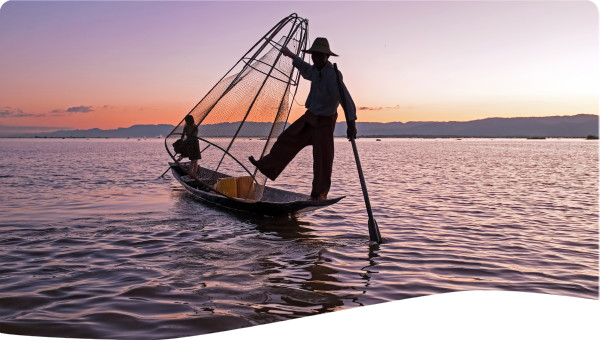A water right is essentially a "a legal right to abstract and use a quantity of water from a natural source such as a river, stream or aquifer" (Hodgson, 2006). This entitlement provides the user with the right to water withdrawal, divided into two categories. First, it deals with a basic water right, acquired by people through primary legislation (incorporated in an act of legislature, i.e. the highest law making body or authority of the country, which states policies, principles, approaches and mechanisms, (Burchi, 2005)). Second, it deals with water rights acquired through an administrative process involving water allocation, such as permitting or licensing authorising particular uses of water.
Countries and societies around the world have developed their own practices for sharing and distribution available water resources. Since a water right entails a legal entitlement to divert, store, and regulate for any use extracting benefits for the user, water allocation regimes are often more advanced in regions where demand equals or exceeds proposition. Thus, these systems have developed historically and continue to change under climate or anthropogenic pressures.
Consequently, a water allocation regime entails for the entire regulatory framework around the distribution of present water resources, whether surface or underground, to valid requesters, conferring upon them an authorisation for certain water uses. This creates “water use rights”, usually administered by a public authority against a set of water allocation priorities (Tool B1.01). The relationship between basic water rights and water use rights is reflected in Figure 1.
Figure 1. Water Rights and Water Use Rights (ADB, 2009).
 Tool -
Tool -





